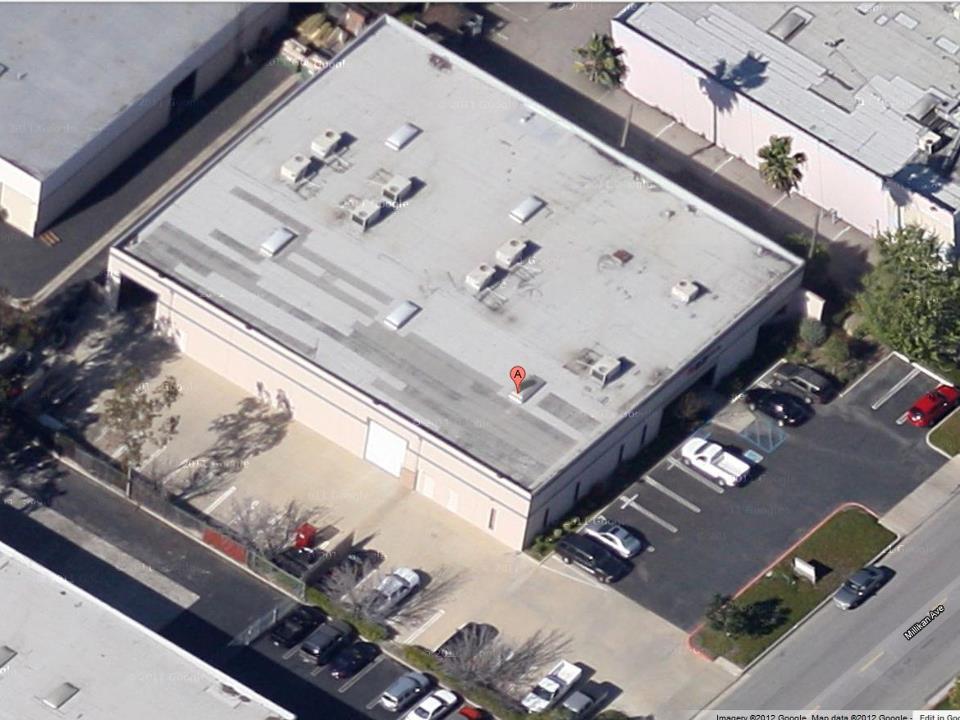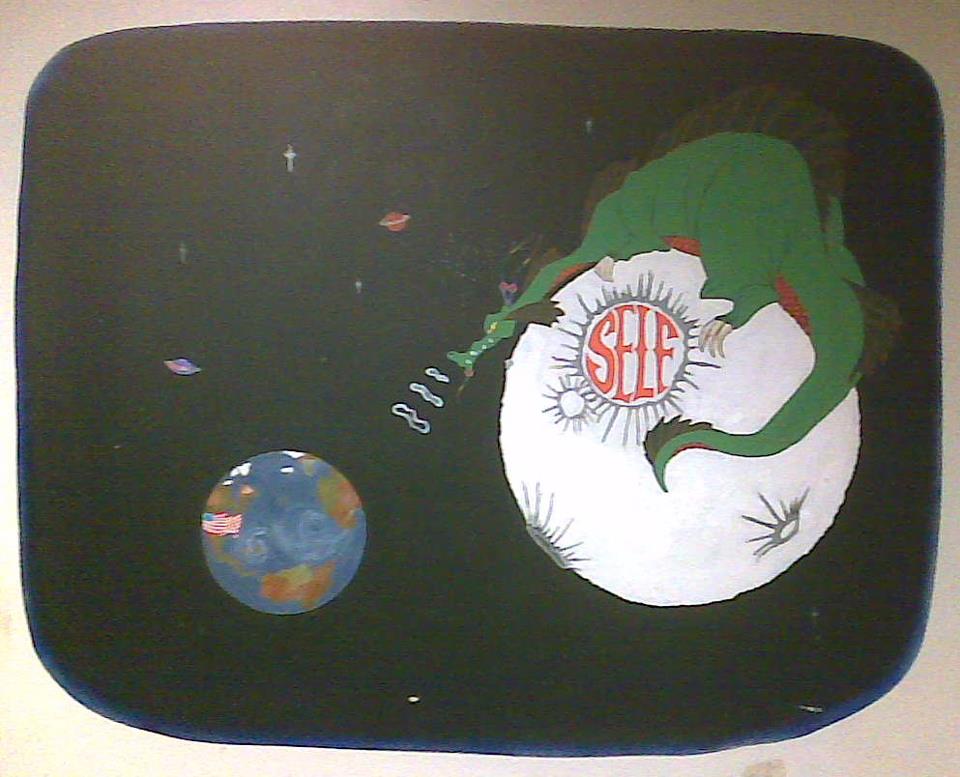Archive of posts with tag 'school'
Feb 2014: Fascinating Atlantic Article on Fraternities
Caitlin Flanagan of Vanity Fair has taken the art of the first paragraph to a new level in her article The Dark Power of Fraternities. I’m not going to quote it here. Just: coffee & cats warning, okay?
There should be a trigger warning on the subject matter of the rest, though, which is about the warring dynamics of student safety, fraternity traditions and independence (not all of which is bad), and universities knowing where their fundraising dollars come from and not wanting to upset the balance.
[T]he majority of all fraternity insurance claims involve booze—I have read hundreds of fraternity incident reports, not one of which describes an event where massive amounts of alcohol weren’t part of the problem—and the need to manage or transfer risk presented by alcohol is perhaps the most important factor in protecting the system’s longevity.
And, after a truly horrifying set of crisis-management steps:
As you should by now be able to see very clearly, the interests of the national organization and the individual members cleave sharply as this crisis-management plan is followed.
Indeed.
I love the descriptions of two sides of the fraternity vs. injured-by-fraternity representatives.
Fierberg is a man of obvious and deep intelligence, comfortable—in the way of alpha-male litigators—with sharply correcting a fuzzy thought; with using obscenities; with speaking derisively, even contemptuously, of opponents. He is also the man I would run to as though my hair were on fire if I ever found myself in a legal battle with a fraternity, and so should you.
…and…
And then there is Peter Smithhisler, who is the senior fraternity man ne plus ultra: unfailingly, sometimes elaborately courteous; careful in his choice of words; unflappable; and as unlikely to interrupt or drop the f-bomb on a respectful female journalist as he would be to join the Communist Party.
Worth a read even if you don’t actually care about fraternities.
Feb 2014: My Unusual High School
I went to three different “high schools” during 9th-12th grade. My first year, I was in the Los Angeles school district, which counted 9th grade as a part of middle school (then called junior high school).
Then I switched from living with my mother and stepfather to living with my father and stepmother—shortly after that, just my father. Thus, I moved to Irvine, where high school was four years, not three.
I spent the first two years at University High School. And then, in March of my junior year, something amazing happened.
I wanted to get a shorter schedule for my senior year—having met all academic requirements except for a couple of classes and a few credits—so that I could take college classes during part of the school day.
The school counselor told me that was against the law.
I remember being livid. I told my dad, feeling completely shut out, and he said, “Laws are public.” Meaning, you can look them up. So we went to the UC Irvine library, and I looked it up (my dad encouraged me, but he made me do the work, which was a good call on his part). Copied the relevant laws, which basically said, no it wasn’t illegal, but I needed school and parental permission and there were some boundaries to follow.
I take the copies back to the school counselor and say, “Could you please show me where it says it’s illegal? Because I’m not seeing it.”
He conceded that the law did not say that, but would not sign off on my having an alternative schedule.
During my sophomore year, I’d grown to like a teacher I never had as one of my own teachers. He led the gifted & talented program, but in my junior year, he’d moved to head the new alternative high school. So I made an appointment with him.
Sure, he said, not a problem. We can work around your college schedule. And they did.
So I wound up taking things like college French, Computer Programming, and Calculus at the same time I was taking high school Physics, English, and (I cannot make this up) Independent Study Table Tennis.
Because, you see, there’s huge tracts of land at the school for sports. (Not.) My high school building was an industrial tilt-up mere blocks from the DeLorean headquarters in Irvine. Yes, while DeLorean was there. Drove by it every morning.

There was a volleyball court outside and a couple of table tennis tables inside. There was also a smoking area outside, and students were sometimes smoking with the faculty. Not everyone smoked tobacco, but that’s a different story.
Oh, and I had a class in horticulture. I can’t remember why. I had to go to a garden plot by Irvine Valley College and tend to it. Which I did.
To give you an idea of how unusual this place is, the yearbook had about 86 people in it. Everyone was alphabetized by first name, students and teachers mixed together. Hippie sensibilities that we were all people and all in this learning thing together. And yes, teachers were called by their first names. If you were feeling particularly formal, you could call them “teach.”
The class size was amazing. While there were classes that had a dozen or two dozen students, the largest class I had was 8 students. Eight. Because of that, I felt far more involved than I ever had before.
I hope someone has photos of the incredible artwork on the walls. Every year, at least one new wall would be painted. Class of 1983 (not one of my years) mural by Gary Guymon and Diana Scheifen:

My high school was then called S.E.L.F. (Secondary Education Learning Facility, iirc). It’s now known as Creekside. Technically, due to the way the Irvine school district was at the time, I graduated from University.
Despite the industrial outside, S.E.L.F. had a soft and cushy lingering-hippie sensibility on the inside, especially with the artwork. I missed being in band, orchestra, and choir—S.E.L.F. had none of those—but I got real creative freedom that I hadn’t had before.
Sometimes the safe and established choice isn’t the right choice.
Dec 2013: On Privilege and Normalcy
(Repost of something I wrote on LiveJournal in 2010)
A while ago, Jay Lake talked about his privilege in his cancer treatment, and it got me to thinking about my privilege in a number of contexts.
I’m white, and that comes with power in our culture, but it’s not that that makes my own set of privileges interesting, at least I don’t think so.
Without further ado:
- My parents, grandparents, and so forth, went to college. My mother has documented family members going to college as far back as the 1400s. My great-grandfather had three doctorates, one of them an M.D. So I never had to struggle with family to get a better education. It was expected.
-
Not only did my father work in the sciences when I was born, so did my mother. Not only that, my mother appeared in a science textbook in the 1950s, as though that were perfectly normal. More to the point, I was raised thinking this were normal and common, and that is a very odd privilege indeed.
-
My parents worked at an atom smasher:
Later, my dad worked in aerospace. He worked on one of the Viking Lander projects (his specialty was mass specs, and the GCMS project was affectionately known as the “Green-colored Martian sniffer”). An early project where I worked for him was measuring the helium line of the sun. Later, he won a NASA prize for his work on the TOMS (ozone-mapping mass spec) project.
- While I certainly know people who know more decorated scientists than I’ve met personally, especially as an adult, the fact that I’d met any as a child is a form of privilege. (My father taught the Feynman course on physics as a grad student, just as one example, and was asked to write part of the handouts for it.)
-
When I was a teenager, my father suggested I take a programming class. After I finished it, he asked me if I wanted to do programming — that’s how I got started on my career. He thought, correctly, that I would enjoy it, and his urging me to take classes like that was partly motivated by the fact that he didn’t enjoy programming that much but did have programming work that needed to be done. So it wasn’t just a class, it was the beginning of 35 years of work (so far) in the industry.
It was a long, long time before I met another female software engineer; I’ve never worked on a team that was even majority female. In many cases, I’ve been the only woman with a group of a handful to more than 30 male software engineers.
- Even when I wanted to be a musician, both my parents were willing to support that choice if and only if I got adequate education for a plan B. I got lured in by the consistent money in programming and for quite a while resented that I’d gone that way, but later came to peace with it after a summer off busking in Ireland. It met enough of the music goal that I was able to move on with my life. This is not to say that I don’t burn out occasionally — I have.
-
After my mom remarried, we always had a plane and a boat, and tended to travel places. I got to see a lot of places that other people just don’t. San Clemente Island while it was being shelled in a military exercise, for example.San Miguel Island, where a ton of stuff floating in from Japan landed on the long beach, and its odd caliche forest:

- I didn’t realize how odd my upbringing was until I was in college and we were asked to write about our mother’s cooking, and most people wrote about white kitchens and poultry. Here’s an excerpt from my piece:
By far my favorite sea dish was the one I usually got to prepare–abalone. Abalone clings very hard to rocks and has to be pried not only off the rock but out of its shell. Once out, it doesn’t have the decency to just sit there and behave. No, it has to crawl all over. Abalone is inherently tough, so I would pound it with a meat tenderizer as it crawled across the cutting board. I’d stop wailing on it with the metal tenderizer and watch it to see if it had stopped moving, but it would curl up its edges and slide away.
So it’s hard for me to remember that some people have to fight to attend even two-year college, hard for me to remember that some people fight with their family about careers in the sciences and so on. It’s just so normal for me.
Then again, I grew up thinking radioactive hazard signs were normal, too….
So, yeah, I’m the weird kid, but I come by it honestly.
Aug 2011: Urban Ruins Show
My photo, First Man, has been accepted for Foothill College’s Urban Ruins exhibit, which runs from September 26 – November 2nd.
I used two programs for this: Apple’s Aperture, which I used for straightening and cropping the image, and Nik Color Efex Pro, specifically the saturation stylizer effect.
My thanks to Mung and Digit, whoever they may be, for such photographable street art.


